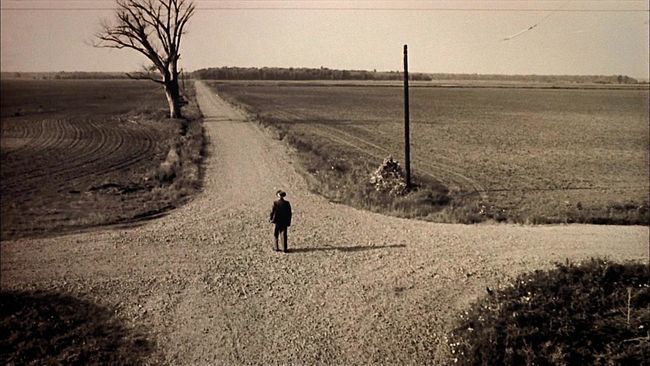At a crossroads
 Imagine you are staying at the hotel at a point on a plane. There are two infinite perpendicular lines passing through this point, and the rest is regular ground.
Imagine you are staying at the hotel at a point on a plane. There are two infinite perpendicular lines passing through this point, and the rest is regular ground.
You've decided to take a two hour walk, starting and ending at the hotel. On the lines, you walk at a speed of units per hour, and on the ground you walk at unit per hour.
Let be the set of points that you can reach following the rules. If the area of is of the form , find .
The answer is 26.
This section requires Javascript.
You are seeing this because something didn't load right. We suggest you, (a) try
refreshing the page, (b) enabling javascript if it is disabled on your browser and,
finally, (c)
loading the
non-javascript version of this page
. We're sorry about the hassle.
The picture above is of the region you can visit. I'm not going to create a detailed solution right now (I might edit later) but my method involved assuming a length of path along one of the lines, and then constructing a circle where the path ended of the longest possible radius. One of these circles, near a vertex, is shown in the picture.
By constructing these circles, it is possible to obtain equations for the lines that make up the perimeter since they are tangent to these circles. With a little algebra, you can obtain that the unlabelled points in the figure have the coordinates ( ± 2 + 1 3 , ± 2 + 1 3 ) The square constructed by connecting the labelled points has area 6. The height of the shallow triangles not included by R but by the square can now be found as 2 ( 2 3 − 2 + 1 3 ) Thus, the area of all of them combined is 2 2 ( 2 3 − 2 + 1 3 ) 6 Subtracting from the larger square gives 6 − 2 2 ( 2 3 − 2 + 1 3 ) 6 = 1 2 2 − 1 2 So a + b + c = 2 6 .